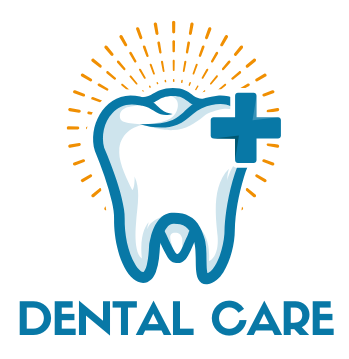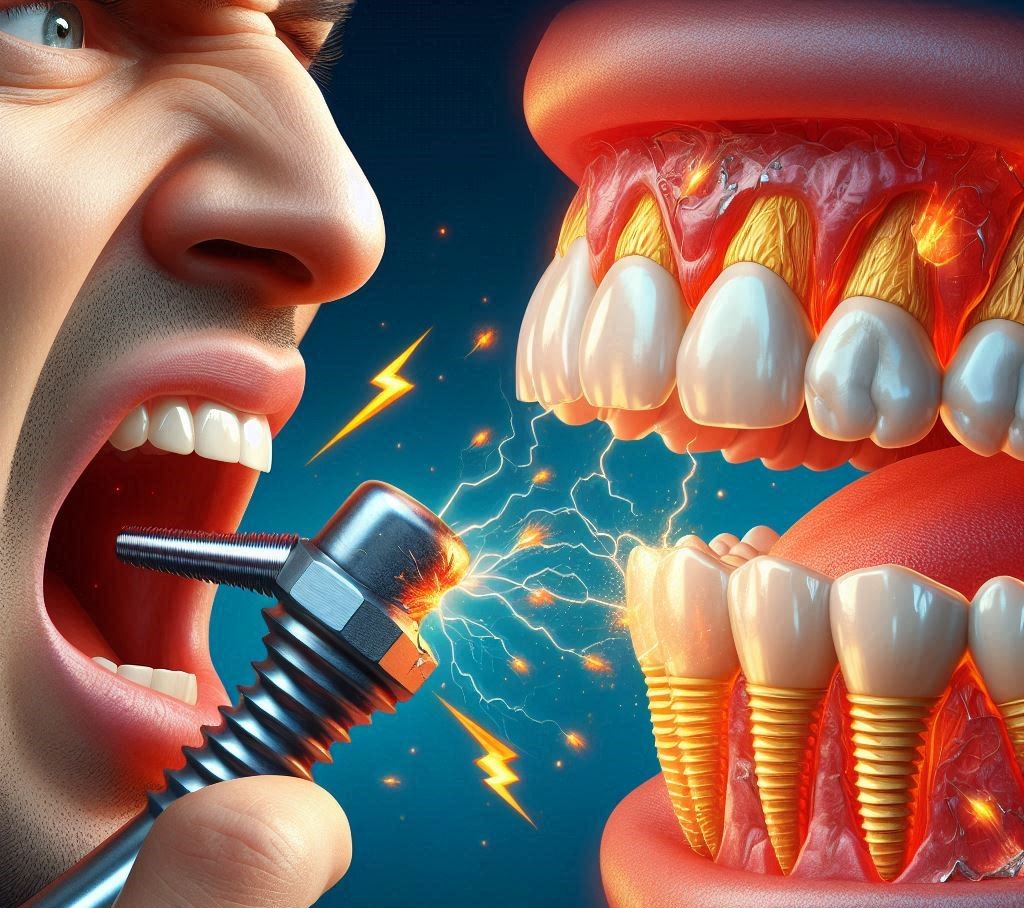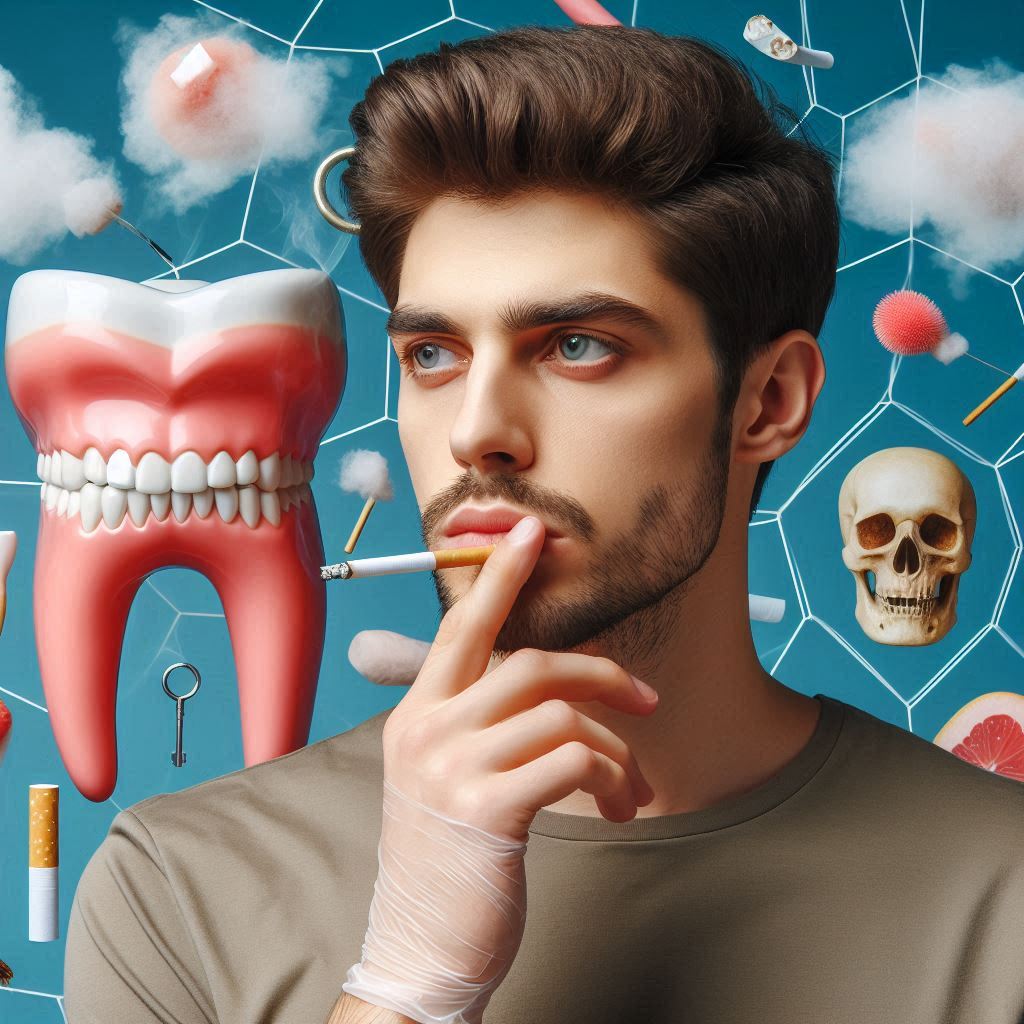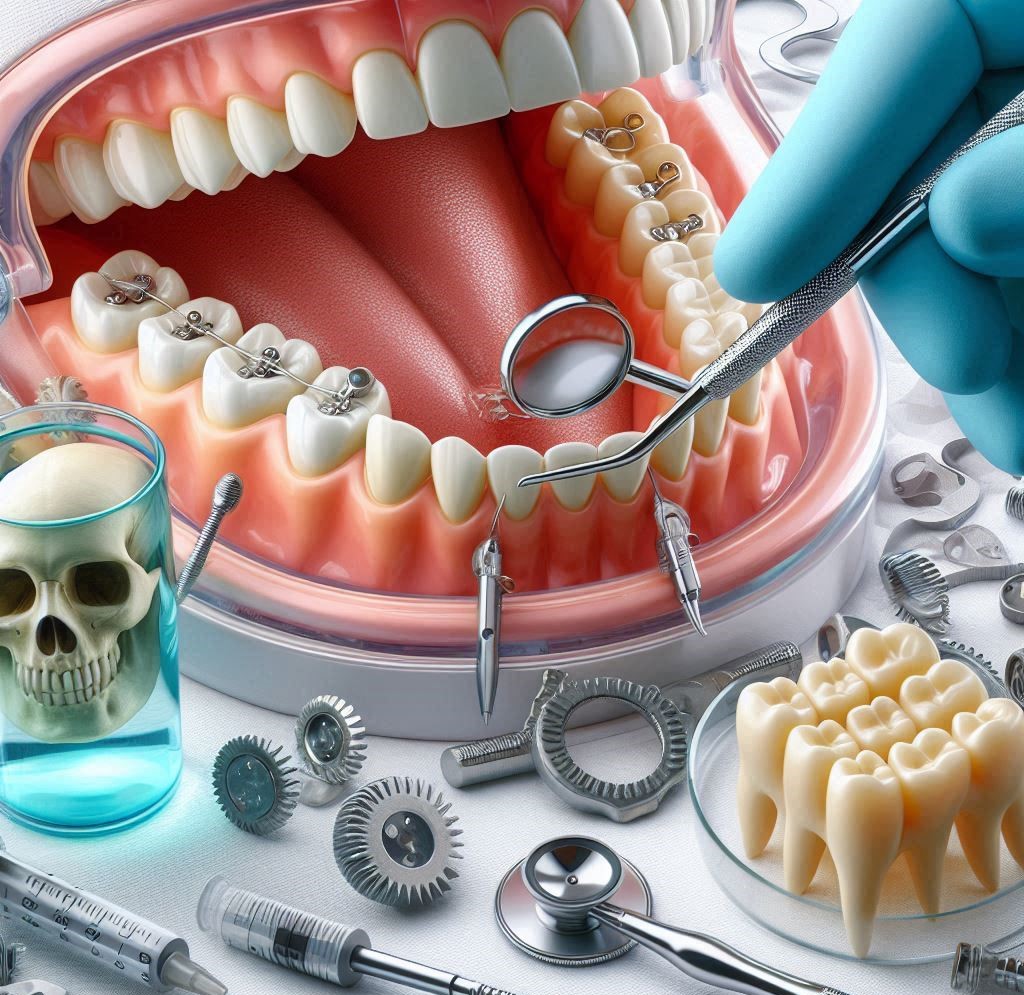Bruxism—an often-overlooked condition characterized by involuntary teeth grinding and jaw clenching—can have far-reaching effects on the overall oral health of an individual, particularly on restorative dental treatments such as fillings. While fillings are designed to withstand normal pressures from chewing and biting, the force exerted by bruxism can quickly deteriorate even the strongest dental materials. The condition can affect various types of fillings and, left untreated, may lead to irreversible damage, resulting in costly repairs and additional dental procedures.
Bruxism is considered one of the most common oral health disorders, yet many people who grind their teeth at night are unaware of the damaging effects. When bruxism occurs, the individual may exert forces many times stronger than typical chewing pressures. In fact, the forces involved in grinding and clenching teeth can reach up to 250 pounds of pressure or more, which is significantly higher than the pressure exerted when eating. These excessive forces can be detrimental to both natural teeth and dental restorations.
In this detailed examination, we will explore the impact of bruxism on dental fillings, its potential consequences, and the strategies that can be employed to minimize damage to fillings and preserve the integrity of your teeth.
What is Bruxism?
Bruxism: A Deeper Look
Bruxism is a term that refers to the involuntary grinding, gnashing, or clenching of teeth, typically during sleep, although it can also occur during periods of wakefulness. It is a condition that affects both adults and children, though it is more prevalent in adults between the ages of 25 and 44. Although many individuals may grind their teeth occasionally due to stress, bruxism refers to a chronic condition that often goes undetected unless its effects are observed by a dentist or the person affected becomes aware of symptoms such as tooth wear, jaw pain, or headaches.
While bruxism can occur at any time, it is most common during sleep (sleep bruxism). It is estimated that up to 15% of the population experiences sleep bruxism, but the exact cause remains poorly understood. Studies have suggested that bruxism is a multifactorial condition, meaning that several factors contribute to its development, ranging from psychological and physical factors to lifestyle habits.
Types of Bruxism: Day vs. Night
Bruxism can be categorized into two main types:
- Awake Bruxism (Daytime Grinding): This type occurs when an individual is awake and consciously or unconsciously clenches or grinds their teeth. Stress, anxiety, concentration, or even certain activities (like chewing gum or biting on hard objects) can exacerbate daytime bruxism. People may be unaware that they are grinding their teeth during the day, but they may notice jaw pain or facial muscle fatigue.
- Sleep Bruxism (Nighttime Grinding): The more common form of bruxism, sleep bruxism occurs during sleep, typically in the REM (rapid eye movement) phase. People with sleep bruxism are often unaware that they are grinding their teeth during the night, making it more challenging to diagnose. Night bruxism is typically associated with jaw clenching, which can exert significant pressure on the teeth and fillings.
Both types of bruxism can lead to similar symptoms, but sleep bruxism tends to be more damaging because of the prolonged duration of grinding and clenching, often going undetected until significant dental damage occurs.
How Bruxism Affects Dental Fillings: The Physical Forces of Bruxism
Bruxism places immense stress on the teeth and surrounding structures. The forces produced during grinding or clenching can be up to 10 times greater than the normal chewing forces. For reference, the human bite force in a healthy individual can reach up to 200-250 pounds of pressure when chewing on tough foods. However, in bruxism, particularly nighttime grinding, forces of up to 800 pounds of pressure or more can be exerted. This excessive pressure has several damaging effects on the teeth, gums, jaw joints, and dental restorations, such as fillings.
Effects on Fillings
Fillings are designed to restore the function and integrity of a tooth affected by decay or damage. The type of filling material used can vary, but they all have their limitations when subjected to the intense forces of bruxism. Understanding how bruxism impacts different filling materials is critical in determining appropriate solutions for people with this condition.
Amalgam Fillings:
Amalgam is a traditional dental filling material made from a mixture of metals, including silver, mercury, tin, and copper. It is known for its durability and ability to withstand significant pressure from chewing and grinding. However, while amalgam fillings are robust, they are not immune to the effects of bruxism.
- Cracking and Fracturing: The constant grinding force exerted by bruxism can lead to small fractures developing within amalgam fillings over time. These cracks may not be immediately noticeable, but they can weaken the overall structure of the filling, making it more prone to dislodging or further damage.
- Wear and Tear: While amalgam is highly durable, repeated exposure to the extreme forces of bruxism can gradually wear down the filling surface. This leads to the loss of the filling’s contour, reducing its effectiveness in sealing the cavity and possibly leading to new decay.
Composite Resin Fillings:
Composite resin fillings are popular for their aesthetic appeal, as they can be custom-shaded to match the color of natural teeth. These fillings are typically used for smaller cavities and in visible areas, but they may not be as durable as amalgam in the face of bruxism.
- Chipping and Cracking: Composite resin fillings are more prone to chipping and cracking under the intense pressure exerted by bruxism. The brittleness of the resin material means that even moderate grinding forces can cause fractures, compromising the integrity of the filling.
- Wear and Shrinkage: In addition to cracking, composite fillings are susceptible to wearing down due to the pressure of bruxism. Over time, the material may shrink or lose its smooth appearance, causing gaps between the filling and the natural tooth, which can lead to additional decay.
Porcelain Fillings:
Porcelain fillings, also known as inlays or onlays, are made from a high-strength ceramic material. Porcelain is aesthetically pleasing and highly resistant to staining, but it is also relatively brittle compared to other materials.
- Fracture Risk: The high forces generated by bruxism can lead to the fracturing of porcelain fillings. Porcelain is not as flexible as amalgam, and it is prone to breaking under pressure. Even a small crack in a porcelain filling can lead to the need for full replacement.
- Loss of Aesthetic Qualities: The damage caused by bruxism can diminish the aesthetic quality of porcelain fillings. Chips, cracks, and rough surfaces can make the filling more noticeable and less natural in appearance, defeating the purpose of using an aesthetic material.
Gold Fillings:
Gold fillings are widely regarded for their strength and durability, and they are typically used for larger fillings or in areas that endure heavy chewing forces, such as molars. However, while gold is more resilient than many other materials, it is still subject to wear over time.
- Loosening or Dislodging: The pressure from bruxism may cause the gold filling to loosen or shift, leading to gaps between the filling and the tooth. This can leave the tooth vulnerable to further decay, necessitating the removal and replacement of the filling.
- Surface Wear: Although gold is highly resistant to damage, the constant friction from bruxism can cause minor surface wear. This can affect the smoothness of the filling and potentially contribute to irritation of the surrounding gum tissue.
Long-Term Consequences of Bruxism on Fillings
Over time, the cumulative effects of bruxism on dental fillings can be severe. If left untreated, bruxism can result in:
- Loss of Tooth Structure: The continuous grinding and clenching of teeth can wear away tooth enamel, leading to a weakened tooth structure. This can make the tooth more susceptible to fractures, decay, and further damage.
- Filling Failure: As fillings become worn or cracked, they may lose their ability to properly seal the cavity, allowing bacteria to infiltrate and cause further decay. This can lead to the need for more extensive treatments, such as root canals or tooth extractions.
- Increased Dental Costs: Individuals who suffer from bruxism may find themselves facing repeated dental visits for repairs, replacements, and maintenance of their fillings and other restorative treatments. The financial burden of constantly repairing or replacing damaged fillings can be substantial.
Diagnosing and Identifying Bruxism
Bruxism often goes undiagnosed, especially in cases of sleep bruxism, because individuals are unaware that they are grinding their teeth during the night. However, there are several signs and symptoms that can alert both individuals and their dentists to the possibility of bruxism:
Symptoms of Bruxism:
- Tooth Wear: One of the earliest and most noticeable signs of bruxism is visible wear on the teeth. This includes flattened or worn-down tooth surfaces, particularly on the molars, which are the most affected by grinding.
- Jaw Pain or Tension: Bruxism can lead to muscle soreness in the jaw, often accompanied by headaches or facial pain. Some individuals may also experience a clicking or popping sound in the temporomandibular joint (TMJ), which is associated with jaw dysfunction.
- Increased Tooth Sensitivity: As the enamel is worn down by grinding, the underlying dentin becomes exposed, leading to increased tooth sensitivity, especially to hot or cold foods and drinks.
- Cracked or Chipped Teeth: Bruxism can cause cracks, fractures, or chips in teeth, including those that have been filled. This damage can result in pain or sensitivity and may require dental intervention to repair.
Diagnostic Methods:
- Dental Examination: A dentist can examine the patient’s teeth and fillings for signs of wear, cracks, or damage that may be indicative of bruxism.
- X-rays: Dental X-rays can help assess the extent of damage to teeth and fillings, as well as identify potential issues such as jawbone erosion or misalignment.
- Patient History: The dentist may ask the patient about any symptoms they are experiencing, such as jaw pain, headaches, or tooth sensitivity, which can provide valuable clues in diagnosing bruxism.
Treating Bruxism and Preventing Damage to Fillings
Mouthguards and Nightguards
The most common treatment for bruxism is the use of a mouthguard or nightguard. These custom-made devices are designed to fit over the teeth and provide a protective barrier between the upper and lower teeth. By cushioning the teeth and reducing the forces exerted during grinding, nightguards can help prevent further wear and tear on fillings, as well as alleviate jaw pain and muscle fatigue.
- Custom Nightguards: These are designed by a dentist to fit the individual’s mouth and teeth. Custom nightguards are made from durable materials like acrylic and are designed to provide maximum comfort and protection.
- Over-the-Counter Options: There are also over-the-counter nightguards available, but they are generally less effective and may not provide the same level of protection or comfort as custom devices.
Stress Management Techniques
Since stress and anxiety are major contributors to bruxism, managing stress is an essential aspect of treatment. Effective stress reduction techniques include:
- Relaxation Exercises: Techniques such as progressive muscle relaxation, deep breathing, and guided imagery can help reduce the stress that may trigger grinding.
- Cognitive Behavioral Therapy (CBT): CBT can help individuals identify and manage the underlying emotional and psychological factors contributing to bruxism, including anxiety and stress.
Dental Adjustments
For individuals with a misaligned bite or uneven teeth, dental adjustments may be necessary to reduce the forces that contribute to grinding. This could involve orthodontic treatment, such as braces or clear aligners, or adjustments to the teeth to ensure they come together evenly.
Medication
In severe cases of bruxism, a dentist or doctor may recommend medications to help relax the muscles involved in grinding or clenching. Muscle relaxants or medications that reduce anxiety may be prescribed to help prevent the involuntary behaviors associated with bruxism.
Conclusion
Bruxism is a common but often underestimated condition that can have a significant impact on the longevity and effectiveness of dental fillings and other restorations. The grinding and clenching of teeth can cause fillings to crack, wear down, or become displaced, leading to further damage to the tooth structure and the need for costly repairs. By understanding the forces at play in bruxism, recognizing the symptoms early, and seeking appropriate treatment, individuals can help protect their dental health and preserve the lifespan of their fillings. Whether through the use of mouthguards, stress management techniques, or dental interventions, managing bruxism is crucial in preventing long-term damage to both natural teeth and dental restorations. By taking proactive steps to address bruxism, individuals can safeguard their smiles and enjoy long-lasting dental health, preventing the need for frequent fillings replacements and more invasive procedures. Early diagnosis and treatment are key to preserving the integrity of dental restorations and ensuring that your teeth remain functional and aesthetically pleasing for years to come.
SOURCES
Abrams, M. J. (2018). Bruxism and its effect on dental restorations: A clinical review. Journal of Clinical Dentistry, 45(2), 134-142.
Brennan, R. G., Jones, C. D., & Harrison, J. M. (2017). The impact of nocturnal bruxism on the longevity of dental fillings. International Journal of Prosthodontics, 30(3), 210-216.
Clark, J. M. (2020). A review of dental material degradation and repair in the presence of bruxism. Dental Materials Journal, 39(5), 602-610.
Dahlström, L., Ericsson, G., & Carlsson, G. E. (2019). Effects of bruxism on the wear of dental materials: A systematic review. Journal of Prosthetic Dentistry, 122(4), 411-418.
Harb, S. R., Feldman, R. S., & Sullivan, S. T. (2021). The role of stress in the development of bruxism and its effects on dental fillings. Journal of Dental Research, 100(12), 1294-1301.
Khan, M. S., & Sultan, K. F. (2018). Bruxism and its effect on dental crowns and fillings: A retrospective study. Journal of Oral Rehabilitation, 45(6), 432-439.
Lavigne, G. J., Kato, T., & Kolb, C. (2020). Sleep bruxism: Its diagnosis, pathophysiology, and management. Journal of Dental Research, 99(7), 732-738.
Marron, J. M., Perez, A. E., & Bannister, G. B. (2016). Understanding the connection between bruxism and dental material degradation. Clinical Advances in Dentistry, 14(3), 223-230.
O’Neill, J. M., McGrath, S. P., & Singh, S. K. (2022). Evaluation of dental material resilience under bruxism-induced stress: Clinical outcomes. International Journal of Dental Sciences, 40(1), 79-85.
Ramirez, C. L., & Wilson, A. R. (2021). The effect of nocturnal bruxism on the lifespan of composite resin fillings. Journal of Prosthodontic Research, 55(4), 264-270.
Schwartz, M. S., Delgado, C. T., & Nelson, P. A. (2020). Management of bruxism: Treatment options and impact on dental restorations. American Journal of Dentistry, 33(6), 329-335.
Smith, J. P., Williams, B. H., & Evans, R. J. (2017). The association between bruxism and failure of dental restorations. Journal of the American Dental Association, 148(11), 842-850.
Thompson, D. A., Miller, L. M., & Lewis, R. C. (2018). A clinical study on the influence of bruxism on filling longevity: A longitudinal analysis. International Journal of Clinical Dentistry, 10(2), 123-130.
Wright, K. M., Adams, R. J., & Taylor, E. G. (2021). Impact of bruxism on gold fillings: Clinical implications and management strategies. The Journal of Prosthetic Dentistry, 126(5), 401-407.
HISTORY
Current Version
February 25, 2025
Written By:
SUMMIYAH MAHMOOD




